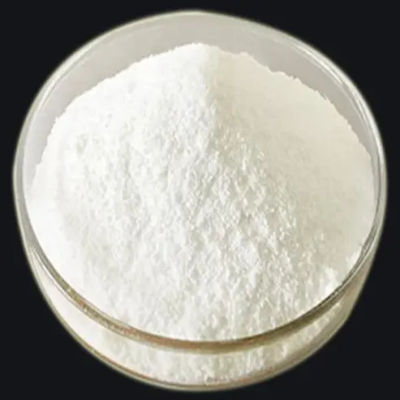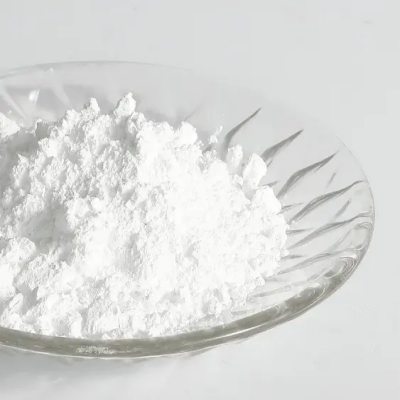Isoliquiritigenin CAS:961-29-5
Isoliquiritigenin, a naturally occurring flavonoid, is primarily extracted from the roots of licorice (Glycyrrhiza glabra) and other related species. This compound belongs to the chalcone class of flavonoids, characterized by its unique structure that features two aromatic rings connected by an aliphatic chain. Its chemical formula is C15H12O5, showcasing its rich phenolic content, which contributes to its myriad of biological activities. One of the most notable aspects of isoliquiritigenin is its powerful antioxidant properties. By scavenging free radicals, it helps protect cells from oxidative stress, which is linked to various chronic diseases, including cancer and cardiovascular conditions. In laboratory studies, isoliquiritigenin has demonstrated the ability to inhibit the proliferation of cancer cells and induce apoptosis, making it a promising candidate for further investigation in cancer therapeutics. In addition to its anticancer potential, isoliquiritigenin exhibits significant anti-inflammatory effects. It modulates several inflammatory signaling pathways, potentially providing relief for conditions such as arthritis and other inflammatory diseases. Furthermore, it has shown promise in managing metabolic disorders, such as obesity and diabetes, by influencing glucose metabolism and lipid profiles. The antimicrobial activity of isoliquiritigenin has also been a focus of research, with studies indicating its effectiveness against various pathogens, including bacteria and fungi. This suggests its potential use in developing natural antimicrobial agents. Given these diverse pharmacological effects, isoliquiritigenin represents a valuable compound in the field of natural product chemistry and medicinal research. Its safety profile, combined with its bioactive properties, positions it as a candidate for future development in dietary supplements and pharmaceuticals, particularly aimed at enhancing human health and preventing disease. Further research is essential to fully understand its mechanisms of action and therapeutic potential.



| Composition | C15H12O4 |
| Assay | 99% |
| Appearance | white powder |
| CAS No. | 961-29-5 |
| Packing | Small and bulk |
| Shelf Life | 2 years |
| Storage | Store in cool and dry area |
| Certification | ISO. |








![N-[2-[4-[N-(Hexyloxycarbonyl)amidino]phenylaminomethyl]-1-methyl-1H-benzimidazol-5-ylcarbonyl]-N-(2-pyridyl)-beta-alanine ethyl ester CAS:211915-06-9](https://cdn.globalso.com/xindaobiotech/3XBLOU_U4EX8J_HKYK9VL818.png)
![DICHLORO[(R)-(+)-2,2'-BIS(DIPHENYLPHOSPHINO)-1,1'-BINAPHTHYL]RUTHENIUM (II) CAS:132071-87-5](https://cdn.globalso.com/xindaobiotech/6FOL1BS0UMD0X9Z402228.png)